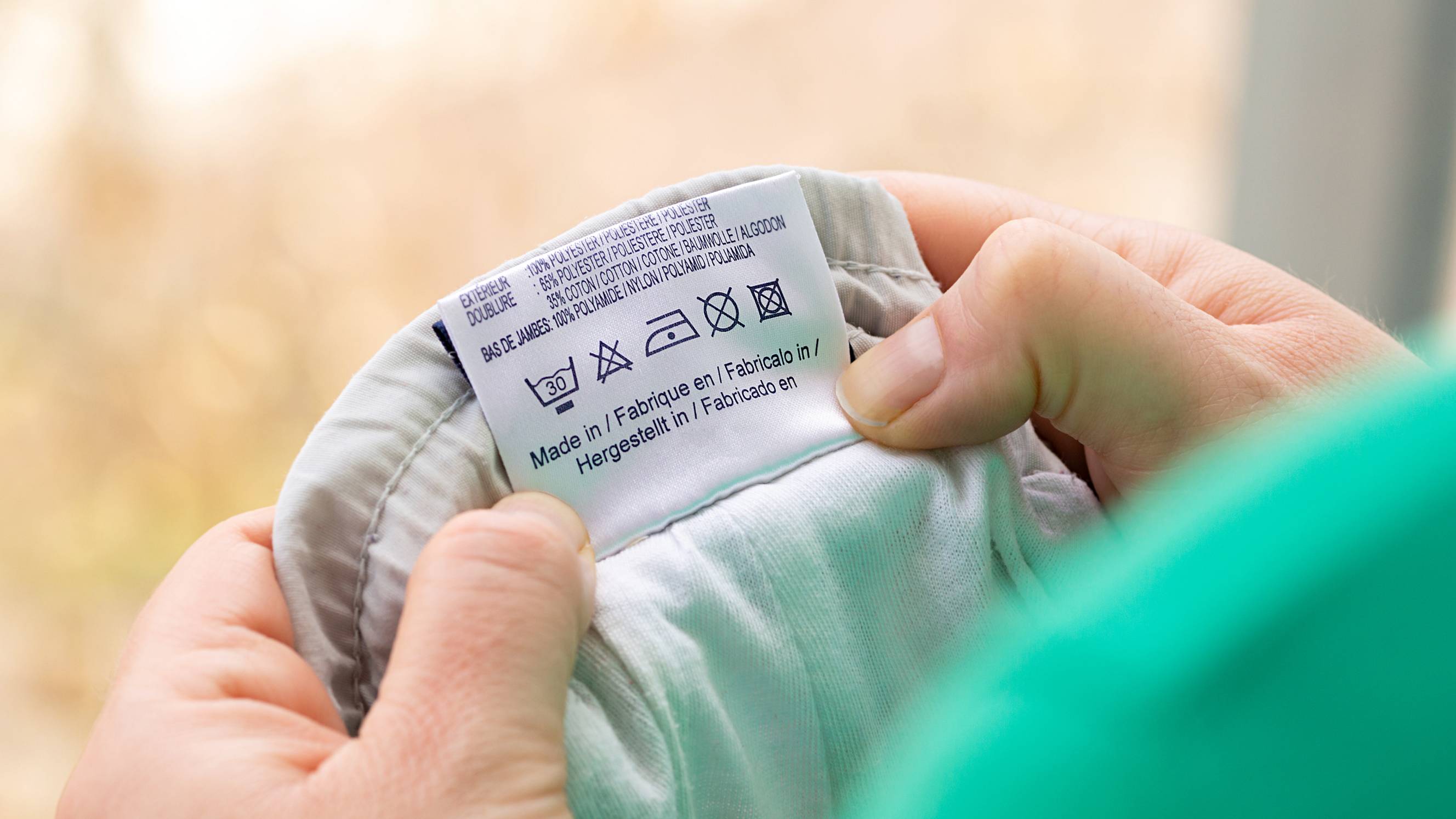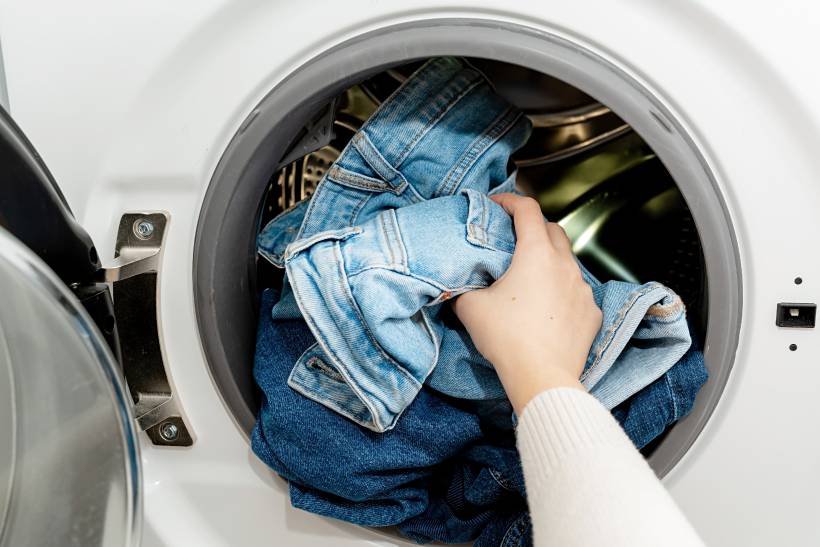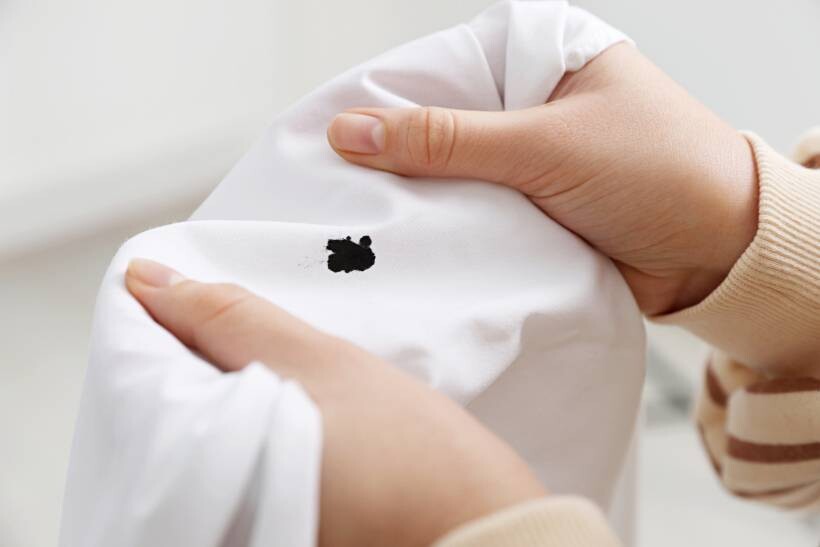- Home/
- Comparisons/
- Laundry/
- Dry Cleaning vs Washing

Dry cleaning vs washing: Which method is more effective?
Comparing dry cleaning and washing based on fabric compatibility, stain removal, and more
Hire a laundry servicePublished on
Key Facts
- Dry cleaning is the process of cleaning clothes using alternative solvents without the use of water.
- Washing is the traditional method of cleaning clothes using water, detergent, and other preferred additives.
Cleaning your clothes, linen, and other textiles is an unavoidable task, whether you can do it well yourself or need professional cleaning help. It’s a tedious but worthwhile process for many, as it keeps them feeling fresh and presentable.
When it comes to laundry methods, however, dry cleaning vs washing is a common (and interesting) topic of debate. As such, this guide will discuss which of the two may be better for your needs, hopefully saving you from choice paralysis.
What is dry cleaning?

Despite the word ‘dry,’ dry cleaning is a laundry method that requires a liquid solvent. In contrast to traditional washing, the dry cleaning process is ideal for fabrics or linens prone to damage. The chemicals used are also designed to deal with stubborn stains.
What is washing?

Washing is the standard method of cleaning fabric and linen. It’s often the default solution for moderately dirty clothes. Unlike dry cleaning, it uses water alongside other substances such as bleach, detergent, and fabric softeners.
Washing vs dry cleaning: Which is better for your needs?
Cleaning your clothes is an imperative step in mitigating unwanted smells. As one study puts it, laundry cleaning removes dirt and bodily fluids, preventing the spread of germs. But if you have concerns aside from odour control, should you pick washing or dry cleaning?
In terms of fabric compatibility
Regular washing is suitable for cotton, polyester, denim, and linen. It’s ideal for everyday clothes, which are expected to be cleaned multiple times in their lifetime. However, wool, silk, and cashmere are just too delicate, no matter how careful you are. These materials are vulnerable to water, heat, and agitation, which are all part of traditional washing.
This is where dry cleaning comes in. It uses special solvents (e.g., perchloroethylene, glycol, and liquid silicone) instead of water to clean these clothes without harming their fibres.
In terms of stain removal

Can dry cleaners remove stains? Yes, they can do it effectively! The secret lies in the chemical solvents used. These break down impurities at a molecular level, making dry cleaning excellent for removing oil and grease stains resistant to water-based washing.
Nonetheless, the latter hasn’t become obsolete. After all, washing machines, as well as detergent and bleach options, have improved over the years for those who might see dry cleaning as an occasional luxury.
In terms of convenience
As mentioned, washing has changed for the better. Today, it’s possible to operate smart washers using a simple phone app. Also, hypoallergenic soaps, bio and non-bio detergents, and other cleaning products are readily available. Overall, washing today doesn’t involve much fuss. Of course, you can delegate the job to someone else and ask them to iron your clothes as well.
Dry cleaning, meanwhile, requires specialised equipment. Note that dry cleaning machines might not be ideal for homes because the chemicals they use require proper ventilation systems. Essentially, attempting DIY dry cleaning isn’t always worth the effort, as a lack of knowledge or experience may result in costly mistakes.
In terms of cost-effectiveness
Both professional laundry and dry cleaning can be cost-effective, as service providers cater to different budget brackets. Some may even offer discounts the more you do business with them.
However, the cost of dry cleaning services is higher due to the intricate process of washing sensitive fabrics. Moreover, it may take longer than regular methods, but you can request same-day dry cleaning services if you’re willing to spend.
In terms of garment longevity

One of the primary goals of dry cleaning is to extend clothing life. While a fabric’s quality significantly affects how long it will last, your chosen cleaning method is also crucial.
Do clothes shrink with dry cleaning? Dry cleaning typically uses less heat and handles clothes more gently than a washing machine with a dryer. However, know that the solvents used, particularly PERC, may fade some colours. This is often the case with old or reactive dyes.
Nonetheless, dry cleaning reduces the need for common washing methods that may degrade clothing. These include soaking, scrubbing, and heating.
In terms of clothing freshness
Washing is generally the better option for achieving true freshness, especially for everyday shirts, pants, and socks that get sweaty or smelly. Dry cleaning, on the other hand, is ideal for maintaining the shape and structure of delicate fabrics. And as a bonus, the clothes come out ready to be worn.
However, the scent of laundry detergents can actually be more appealing than the residual odour of dry cleaning solvents. Your wash cycle can also include fabric softeners for a pleasant, lingering aroma.
Take a break from chores: Post a task for washing or dry cleaning
Overwhelmed by the mountain of dirty laundry? Consider letting professionals take care of it for you. Airtasker can connect you with local laundry service providers. Whether you’re juggling a busy schedule or simply needing a break from household tasks, the platform enables you to reclaim your time and energy for more important activities. Post a task today to conveniently restore the cleanliness of your clothes and home fabrics.
Dry cleaning vs washing
| Dry Cleaning | Washing | |
|
Fabric Compatibility |
Best for delicate fabrics (wool, cashmere, silk) |
Best for most everyday fabrics (cotton, synthetics) |
|
Stain Removal |
Effective against oil-based stains, some smoke or mildew |
Works well for sweat, dirt, and water-based stains |
|
Convenience |
Requires professional cleaning |
Can be done at home |
|
Cost-effectiveness |
Can be expensive |
More affordable |
|
Garment Longevity |
Extends the life of delicate fabrics by preventing shrinkage & colour bleeding |
Can damage clothes over time, especially with frequent washing or drying at high heat |
|
Clothing Freshness |
May leave a slight solvent odour, not as effective for sweaty clothes |
Provides true freshness since detergent and fabric softener can smell better |
FAQs on dry cleaning and washing
Washing a ‘dry clean only’ garment can lead to several issues, including shrinking, colour fading or bleeding, and wrinkling. Note that water sometimes sets stains, making them harder to remove. If you must wash such clothes, hand wash with cold water and a mild detergent. Test a small area first, and be aware of the risks.
Whether a garment needs dry cleaning or washing involves checking the care label. Also, consider the fabric type; materials such as silk and wool often fare better with dry cleaning. If the garment has delicate embellishments or structured tailoring, it is safer to opt for dry cleaning. When in doubt, consult a professional cleaner.
Dry cleaning may take 24 to 48 hours, though express services can be quicker. On the other hand, washing clothes at home usually takes 30 to 45 minutes, plus 30 to 60 minutes for drying.
Dry cleaning uses harmful chemicals and produces hazardous waste, whereas washing consumes significant water and energy and employs detergents that can harm aquatic life. Both methods have environmental impacts, but green technologies can mitigate these effects.
Find laundry services, fast
Post a task
Related articles
Related price guides

How much do ironing services cost?
Read more

